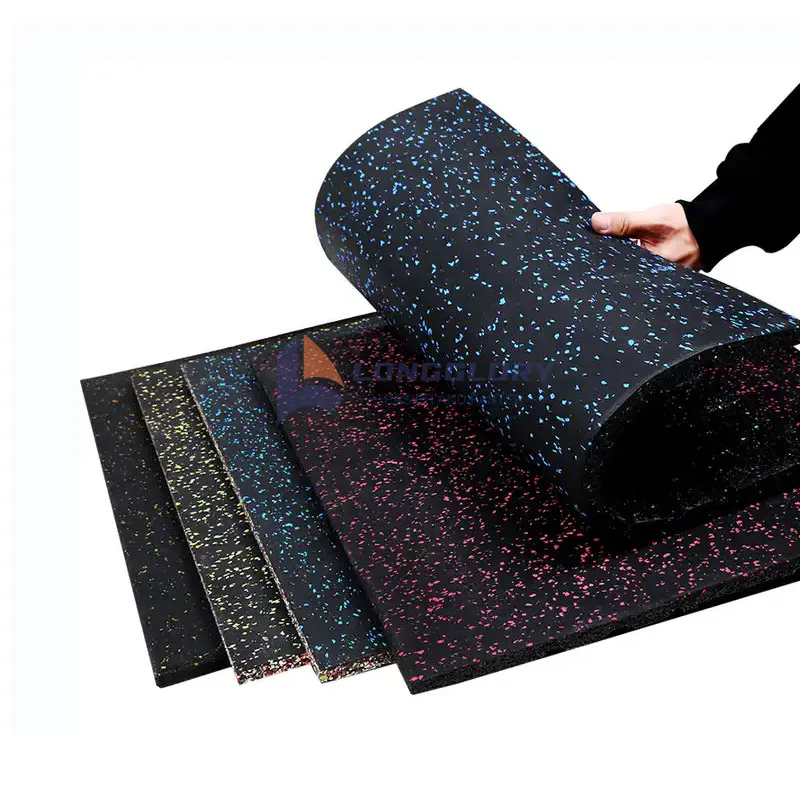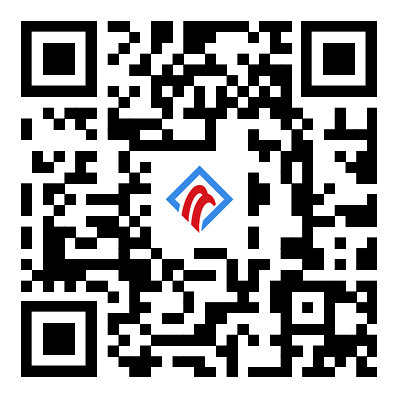Features of Rubber Floor Mats
2024-07-19
Rubber floor mats are versatile and durable flooring solutions used in various settings for their resilience, comfort, and safety features. Here’s an overview of their features, benefits, considerations, and usage tips:
Features of Rubber Floor Mats:
1. Material:
- Natural or Synthetic Rubber: Made from natural rubber (from latex) or synthetic rubber (such as EPDM or SBR), known for their elasticity, durability, and resistance to wear and tear.
- Density: Available in different densities and thicknesses to provide varying levels of cushioning and support.
2. Design:
- Surface Texture: Often textured or patterned for enhanced slip resistance and traction, suitable for high-traffic areas.
- Edges: Some mats feature beveled edges to reduce tripping hazards and facilitate smooth transitions.
3. Functionality:
- Shock Absorption: Offers shock absorption and impact resistance, making them ideal for environments where standing or walking for extended periods occurs.
- Sound Insulation: Helps reduce noise levels, making them suitable for gymnasiums, workshops, or areas where noise reduction is desired.
- Insulation: Provides thermal insulation, keeping floors warmer in colder environments.
4. Applications:
- Commercial Settings: Used in retail spaces, offices, hotels, and restaurants to enhance safety and comfort for employees and customers.
- Industrial Use: Commonly found in factories, warehouses, and production facilities to protect floors from heavy machinery and equipment.
- Residential Use: Popular in home gyms, basements, garages, and play areas to provide cushioning and protect underlying floors.
Benefits:
- Durability: Resistant to abrasion, chemicals, oils, and moisture, ensuring long-lasting performance and easy maintenance.
- Safety: Provides slip resistance and stability, reducing the risk of slips, trips, and falls.
- Comfort: Offers ergonomic support and cushioning, reducing fatigue and strain on joints during prolonged standing or physical activities.
- Easy Maintenance: Typically easy to clean with water, mild soap, or disinfectants, maintaining hygiene and appearance.
Considerations:
- Installation: Ensure proper installation to prevent shifting or curling of mats, especially in high-traffic areas.
- Size and Thickness: Choose mats of appropriate size and thickness based on intended use and space requirements.
- Compatibility: Verify compatibility with subfloor conditions and specific environmental factors (e.g., temperature fluctuations, moisture levels).
Usage Tips:
- Regular Cleaning: Sweep or vacuum regularly to remove dirt and debris; clean spills promptly to prevent staining.
- Avoid Sharp Objects: Place mats away from sharp objects or heavy equipment to prevent punctures or damage.
- Rotate Mats: Periodically rotate mats to promote even wear and extend longevity.
Rubber floor mats offer a practical solution for enhancing safety, comfort, and durability in diverse environments, making them a popular choice for both commercial and residential applications. Their resilience and versatility make them suitable for various indoor and outdoor settings where performance and aesthetics are essential considerations.



